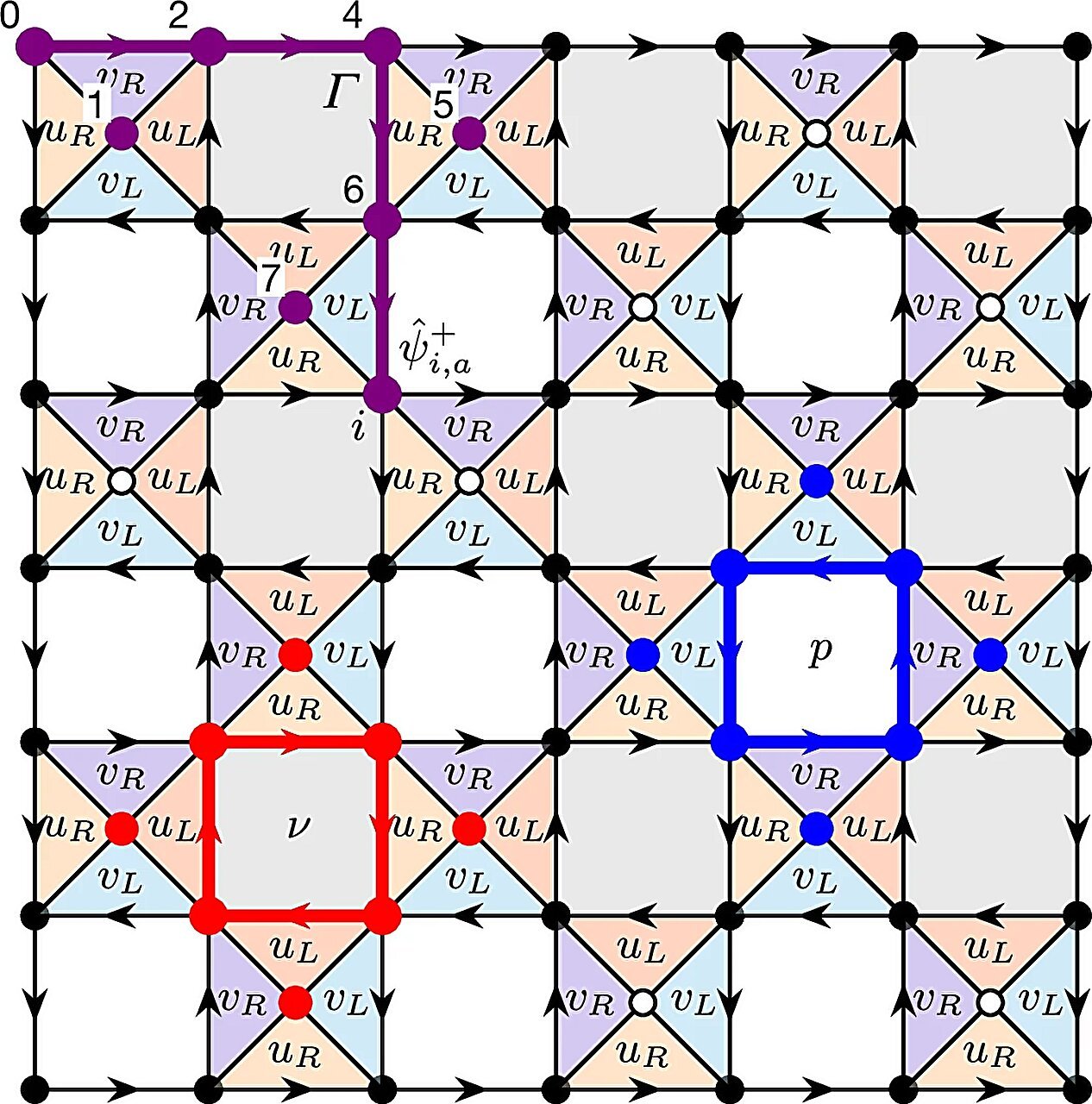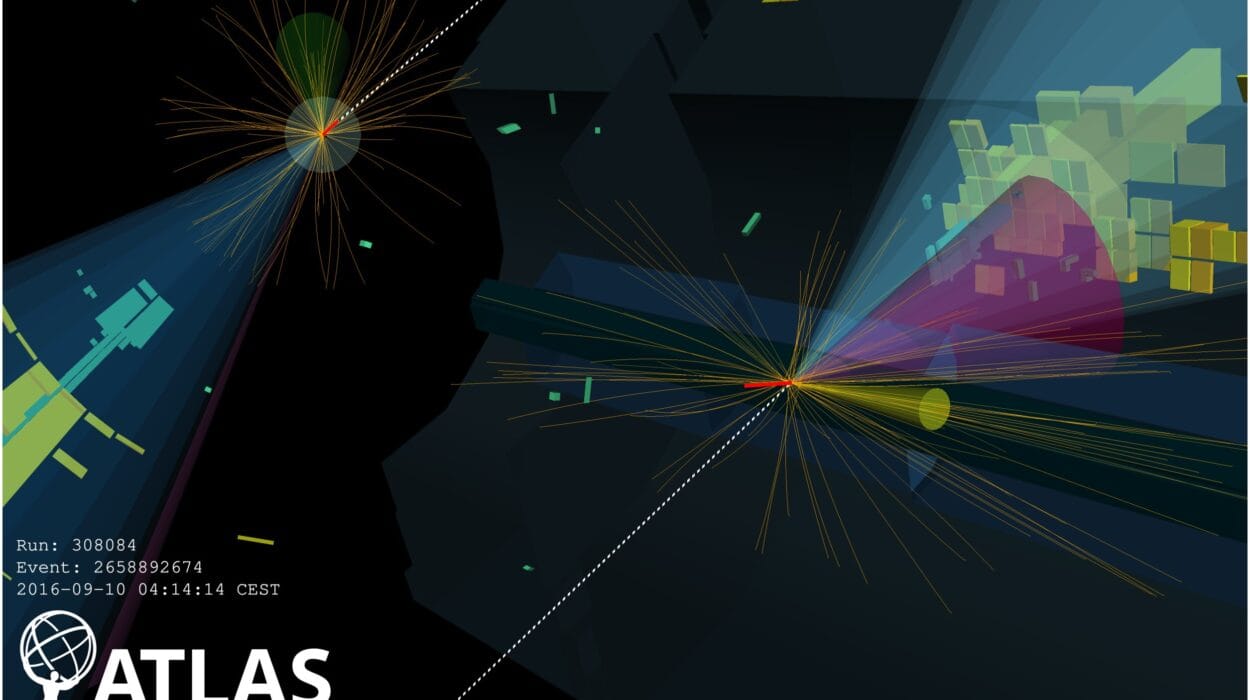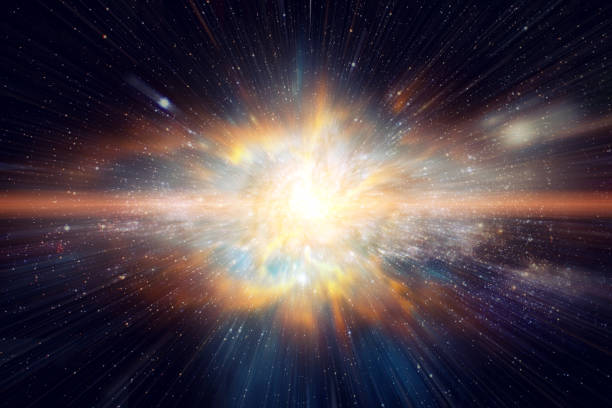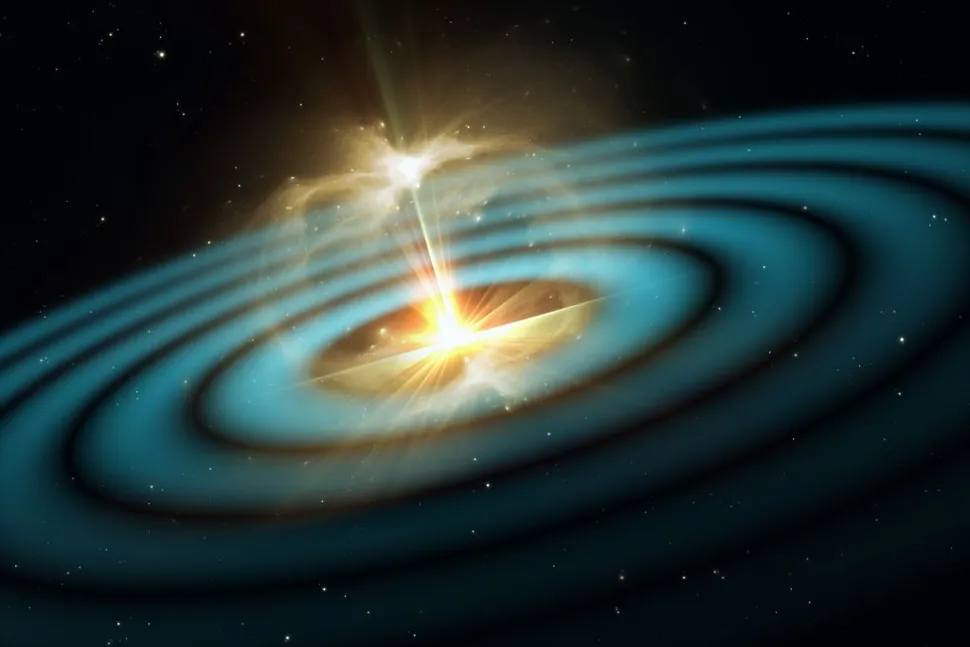For nearly a century, quantum mechanics has framed our understanding of the universe at its smallest scales. Among its many profound discoveries is the categorization of all fundamental particles into two distinct types: bosons and fermions. These classifications are based on the particles’ intrinsic quantum properties, particularly their behavior under certain conditions, such as how they share space with other particles in the same quantum state. Bosons, such as photons, can occupy the same quantum state in unlimited numbers, a phenomenon responsible for behaviors like laser coherence and Bose-Einstein condensates. In contrast, fermions, which include electrons, adhere to the Pauli exclusion principle, which forbids them from sharing the same quantum state.
This foundational distinction shapes much of the observable world. Fermions’ exclusionary behavior underpins the structure of atoms and the periodic table, providing a framework for understanding the properties of matter. Without the Pauli exclusion principle, the electrons within atoms would collapse into a single state, leaving no foundation for the complex chemistry and material structures we observe. Bosons, meanwhile, play a crucial role in mediating fundamental forces and enabling phenomena like superconductivity.
Despite this well-established dichotomy, physicists have long speculated whether other types of particles, those defying classification as purely fermions or bosons, could exist. This idea dates back to the mid-20th century, culminating in speculative theories about “paraparticles,” whose behaviors fall outside traditional categories. While promising in principle, by the 1970s, mathematical analyses suggested that paraparticles were indistinguishable from combinations of bosons or fermions under most physical scenarios. The prevailing view became that all particles observable in nature belonged to one of these two well-defined families, with only a rare exception for anyons—a peculiar particle type limited to two-dimensional systems.
In a remarkable development, researchers at Rice University, led by physicist Kaden Hazzard and his former graduate student Zhiyuan Wang, have revisited this question with fresh perspectives and tools. Their recent work, published in Nature, introduces compelling theoretical evidence for the possible existence of paraparticles—entities that are neither bosons nor fermions. These findings offer a novel framework for understanding fundamental physics and the dynamics of condensed matter systems.
Hazzard and Wang approached the problem with a combination of mathematical rigor and innovative thinking, utilizing the Yang-Baxter equation, a key element of quantum integrability, to reexamine long-standing assumptions. Their work focused on particle-like excitations within condensed matter systems, such as magnetic materials, where these theoretical paraparticles might naturally arise.
One of their primary insights lies in reconceptualizing particles not as immutable entities, but as phenomena that can emerge under specific conditions within complex systems. “Particles aren’t just these fundamental things,” Hazzard remarked. “They’re also important in describing materials.” This view allows for a broader and more flexible understanding of particle behavior, emphasizing their context-dependent nature.
To articulate their findings, the researchers employed advanced mathematical tools, including Lie algebra and Hopf algebra, along with visual aids like tensor network diagrams. These methods allowed them to represent abstract interactions in condensed matter systems with clarity and precision. Through their analysis, they showed that paraparticles exhibit unconventional behaviors, particularly in how their internal quantum states evolve when the particles are exchanged or interchanged. This distinctiveness sets them apart from both bosons and fermions.
The implications of these findings are far-reaching. Beyond expanding the theoretical boundaries of particle physics, the potential discovery of paraparticles opens doors to unexplored phenomena in quantum systems. For instance, their unique properties could inspire novel mechanisms for quantum information storage and transfer. In particular, paraparticles’ ability to manipulate their internal states during exchanges could enable new methods of secure communication or computational logic, though these applications remain speculative.
As exciting as the theoretical groundwork is, the practical realization of paraparticles poses substantial challenges. Developing experiments to identify and characterize these entities will require further theoretical refinement. Wang noted the importance of creating “more realistic theoretical proposals” to bridge the gap between mathematical predictions and experimental validation. Condensed matter systems, particularly those involving highly controlled interactions, are likely candidates for these investigations.
The broader scientific community recognizes the transformative potential of this research. Much like anyons, which have found applications in the emerging field of topological quantum computing, paraparticles might one day revolutionize our understanding of quantum systems and their technological applications. At present, however, these possibilities remain on the horizon.
The history of quantum mechanics is replete with ideas that initially seemed esoteric but ultimately reshaped our view of reality. The quantization of energy levels, the wave-particle duality of light, and the probabilistic nature of quantum states were all radical departures from classical notions of physics. In the same spirit, the exploration of paraparticles and their associated parastatistics reflects the ongoing evolution of scientific thought. By questioning established paradigms and venturing into uncharted theoretical landscapes, Hazzard and Wang’s work exemplifies the dynamic and exploratory nature of physics.
While the journey to validate paraparticles is in its infancy, the enthusiasm and curiosity of researchers like Hazzard and Wang suggest a promising path forward. Whether these theoretical constructs ultimately manifest as observable phenomena or guide the development of new mathematical frameworks, they contribute to a deeper appreciation of the universe’s complexity. As Hazzard eloquently stated, “I don’t know where it will go, but I know it will be exciting to find out.”
Reference: Zhiyuan Wang et al, Particle exchange statistics beyond fermions and bosons, Nature (2025). DOI: 10.1038/s41586-024-08262-7






